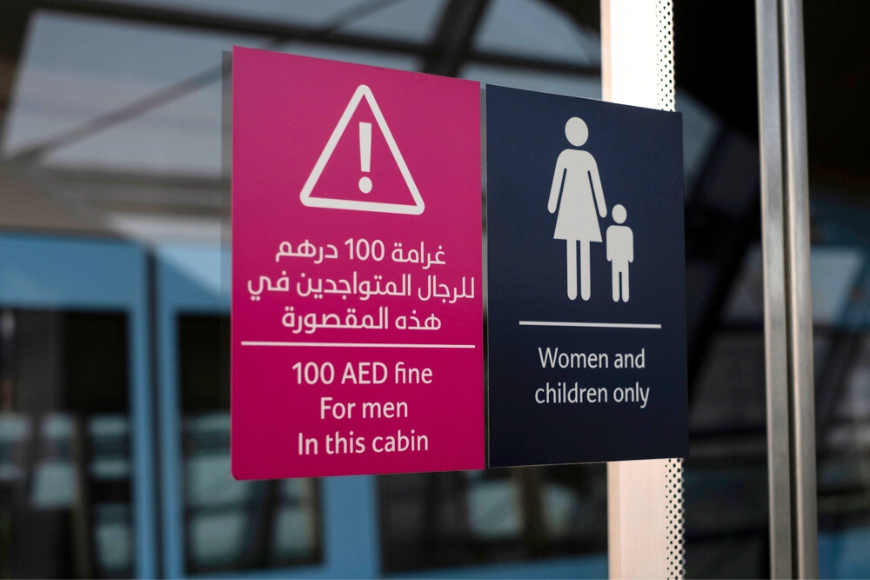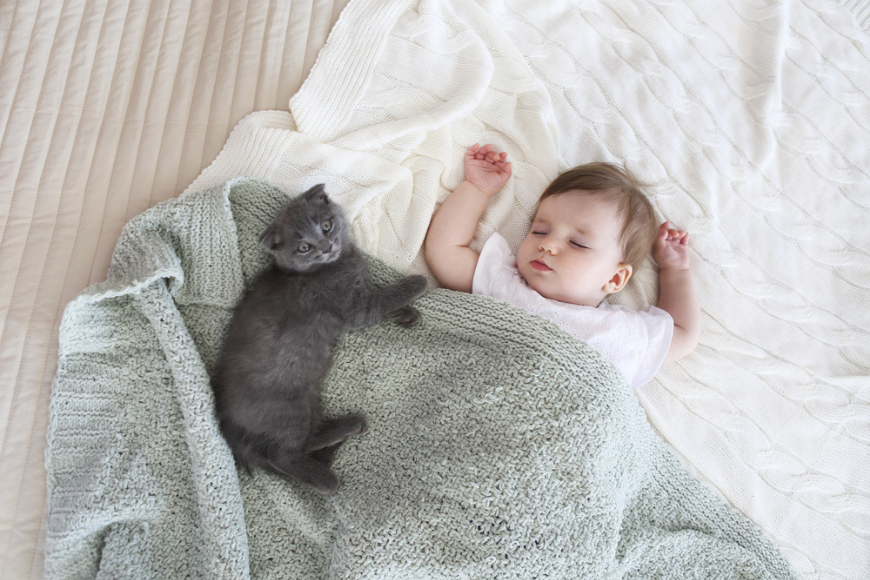As campaigners claim that a national symptom checklist could save thousands of lives, here are the warning signs to know.
28 May 2019
| Last updated on 29 May 2019
All Credits: PA
Sepsis is a condition where the body’s immune system reacts abnormally to an infection or injury.
It develops when the chemicals that are released into the bloodstream to fight a localised infection are out of balance, causing inflammation that can damage tissue and multiple organ systems in the body.
Worryingly, the early onset symptoms are often confused with a fever or flu, but if it’s not treated quickly, sepsis can eventually lead to multiple organ failure and death.
Today, campaigners are urging people to read up on the warning signs, claiming that thousands of children may have needlessly died because a national symptom checklist hasn’t been signed off yet.
SEE ALSO: 5 Signs That Something Might Not be Right Down Below, According to a Gynaecologist
“There is no one shortlist of symptoms which describes the myriad ways in which sepsis can present in both adults and children. Children’s physiology is different, and the range of infections which gives rise to sepsis in children is slightly different from that in adults.”
He added: “This symptoms list provided by the UK Sepsis Trust is a guide; if a loved one is very unwell with an infection, and displays any of those symptoms, it’s imperative they go straight to A&E.”
What are the symptoms of sepsis in adults?
Sepsis can initially look like flu, gastroenteritis or a chest infection, say the charity.
You should seek medical help urgently if you (or another adult) develop any of these signs:
Slurred speech or confusion
Extreme shivering or muscle pain
Passing no urine (in a day)
Severe breathlessness
It feels like you’re going to die
Skin mottled or discoloured

What are the symptoms of sepsis in children?
The trust say that if your child is unwell with either a fever or very low temperature (or has had a fever in the last 24 hours), you should call 999 and just ask: could it be sepsis?
A child may have sepsis if he or she:
Is breathing very fast
Has a ‘fit’ or convulsion
Looks mottled, bluish, or pale
Has a rash that does not fade when you press it
Is very lethargic or difficult to wake
Feels abnormally cold to touch
A child under five may have sepsis if he or she:
Is not feeding
Is vomiting repeatedly
Has not passed urine for 12 hours
What should you do if you notice symptoms?
“The critical thing is that any parent who is very worried about their child with an infection must trust their instincts and be prepared to ask whether it could it be sepsis,” says Daniels.
Whenever there are signs of infection (and infection can be caused by anything from a small cut or insect bite to a chest infection or UTI), especially if you or a loved one deteriorating, it’s crucial to seek medical attention urgently.
“Just Ask: ‘Could it be sepsis?’ says Daniels. “With every hour that passes before the right antibiotics are administered, risk of death increases.”




.png?itok=HBSyMDok)









































































.png)


























.png?itok=0fOAXkOm)

























.png?itok=EH_x0Pha)
